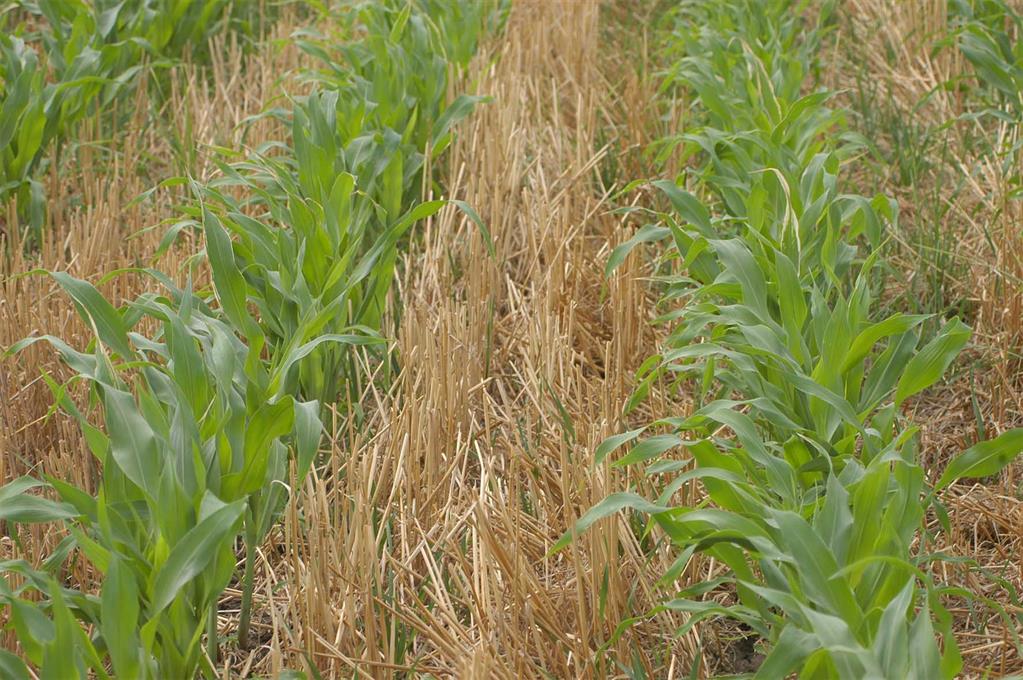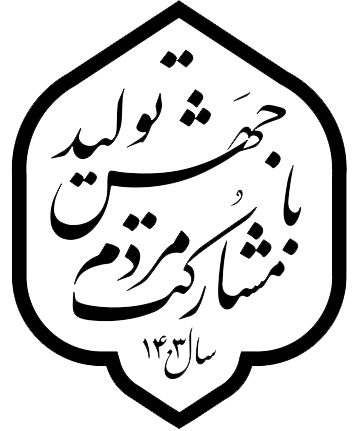
Nowadays in the world, development of agricultural protection technology is being implemented in order to ensure food security and achieve sustainable food production. Moreover, smart confrontation with the Climate changes and its consequences, including fast soil erosion, and increasing organic materials of agricultural soil, is a focus of agricultural specialists. Now around 189 million hectare of agricultural lands in the world are exploited using this system, i.e. Protective agricultural technology.
Protective agricultural technology consists various components including: maintaining plants remains, minimum manipulation of the soil, correct management of crop rotation, along with the combined management of plant nutrition and fertility, controlling damaging factors, water management, controlling minimum usage of agricultural machines, which will ultimately result in protecting soil and water resources. Along with increasing the efficiency of final production, through saving time and energy, the costs of the products will reduce.
Principles of Protective agricultural technology:
• Minimum soil irrigation and reduction of soil tillage operations
• Maintaining sufficient amounts of plant residues and soil cover,
Preventing erosion, reducing runoff and evaporation from soil surface.
increasing water efficiency to improve physical, chemical and biological properties of the soil with a stable production for a long period of time
• Use of crop rotation, usage of a vvariable crop rotation to reduce the damage caused by weeds, pests and diseases
• Economical benefit: in protective agriculture, along with reducing costs related to production in short period of time, there is an increase in production in medium and long periods which can give benefits to farmers
In recent years, there was a specific focus and attention on developing protective agriculture in our country, and well thoughts strategies and plans were determined in the stage 6th of the development program, as well as in resistive economy policies, and environmental policies were enforced on the executive systems. In the same direction, through hard- and soft-ware reinforcing of protective agricultural technology, both farmers and agricultural products users could observe steady growth in this field as can be seen in figure below (data are in hectare)
|
|
Province |
Management of the remains and proper period with low tillage method |
Management of the remains and proper period with tillage method |
|
1 |
Eastern Azarbayejan |
51975 |
5625 |
|
2 |
Western Azarbayejan |
27000 |
3450 |
|
3 |
Ardebil |
20000 |
2100 |
|
4 |
Isfahan |
18500 |
7000 |
|
5 |
Alborz |
225 |
600 |
|
6 |
Ilam |
4000 |
800 |
|
7 |
Busher |
5000 |
375 |
|
8 |
Tehran |
12000 |
1050 |
|
9 |
Sothern Kerman |
8000 |
1500 |
|
10 |
Chahar Maham Bakhtiyari |
6000 |
1200 |
|
11 |
Southern Khorasan |
8000 |
2000 |
|
12 |
Khorasan Razavi |
93750 |
5250 |
|
13 |
Northern Khorasan |
20000 |
1000 |
|
14 |
Khozestan |
139800 |
25000 |
|
15 |
Zanjan |
47025 |
800 |
|
16 |
Semnan |
8625 |
750 |
|
17 |
Sistan va Baluchestan |
300 |
200 |
|
18 |
Fars |
116475 |
28000 |
|
19 |
Gazvin |
5000 |
900 |
|
20 |
Qom |
10500 |
200 |
|
21 |
Kordestan |
22000 |
6675 |
|
22 |
Kerman |
2500 |
800 |
|
23 |
Kermanshah |
7000 |
3525 |
|
24 |
Kohgeloyeh BoyerAhmad |
10200 |
600 |
|
25 |
Golestan |
55000 |
7000 |
|
26 |
Gilan |
1350 |
75 |
|
27 |
Lorestan |
15000 |
800 |
|
28 |
Mazandaran |
5000 |
500 |
|
29 |
Markazi |
9000 |
1875 |
|
30 |
Hormozgan |
1500 |
350 |
|
31 |
Hamedan |
25000 |
2100 |
|
32 |
Yazd |
150 |
150 |
|
33 |
Total |
745075 |
112250 |



